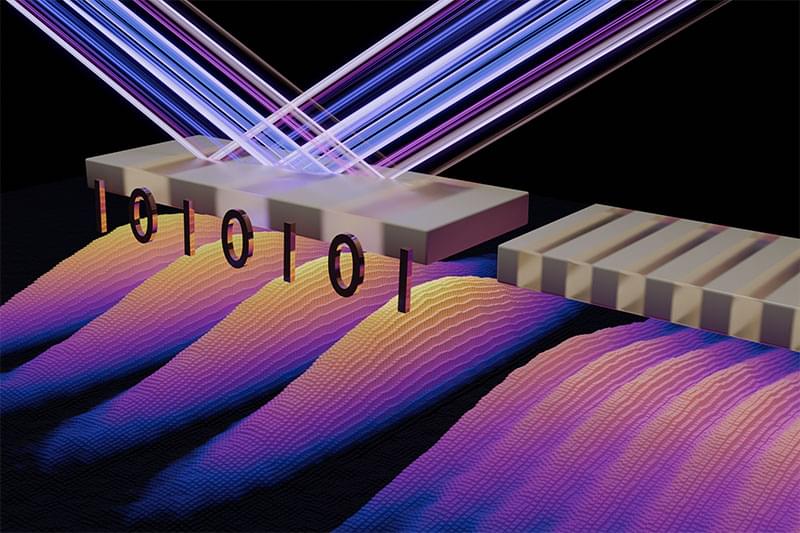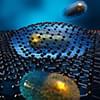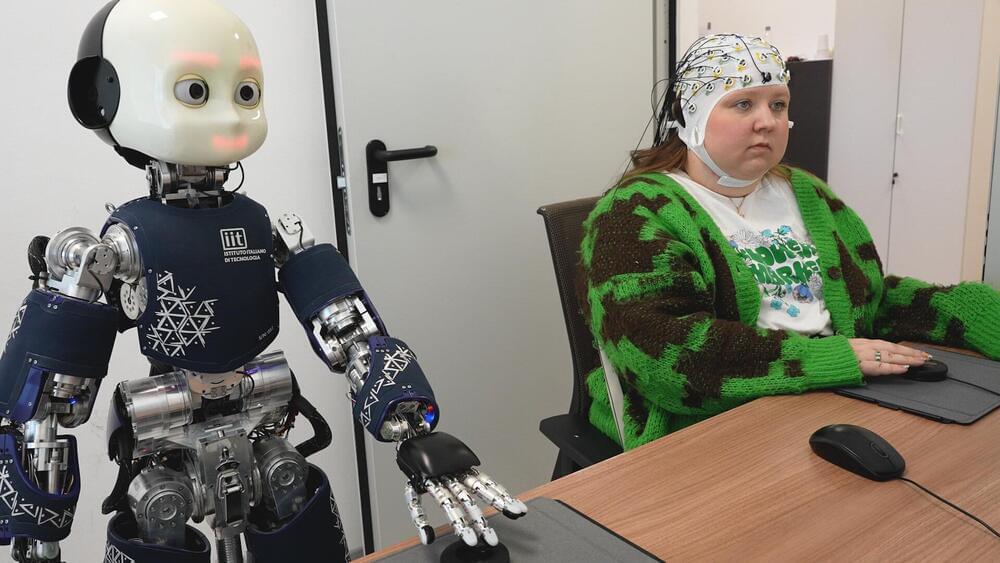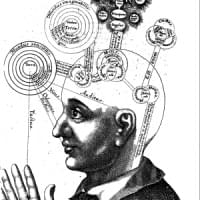Jun 27, 2024
Fundamental spatial limits of all-optical magnetization switching
Posted by Dan Breeden in categories: computing, nanotechnology
Magnetization can be switched with a single laser pulse. However, it is not known whether the underlying microscopic process is scalable to the nanometer length scale, a prerequisite for making this technology competitive for future data storage applications. Researchers at the Max Born Institute in Berlin, Germany, in collaboration with colleagues at the Instituto de Ciencia de Materiales in Madrid, Spain, and the free-electron laser facility FERMI in Trieste, Italy, have determined a fundamental spatial limit for light-driven magnetization reversal.
They report their finsings in Nano Letters (“Exploring the Fundamental Spatial Limits of Magnetic All-Optical Switching”).
Modern magnetic hard drives can store more than one terabit of data per square inch, which means that the smallest unit of information can be encoded on an area smaller than 25 nanometers by 25 nanometers. In laser-based, all-optical switching (AOS), magnetically encoded bits are switched between their “0” and “1” state with a single ultrashort laser pulse. To realize the full potential of AOS, particularly in terms of faster write/erase cycles and improved power efficiency, we thus need to understand whether a magnetic bit can still be all-optically reversed if its size is on the nanoscale.

















